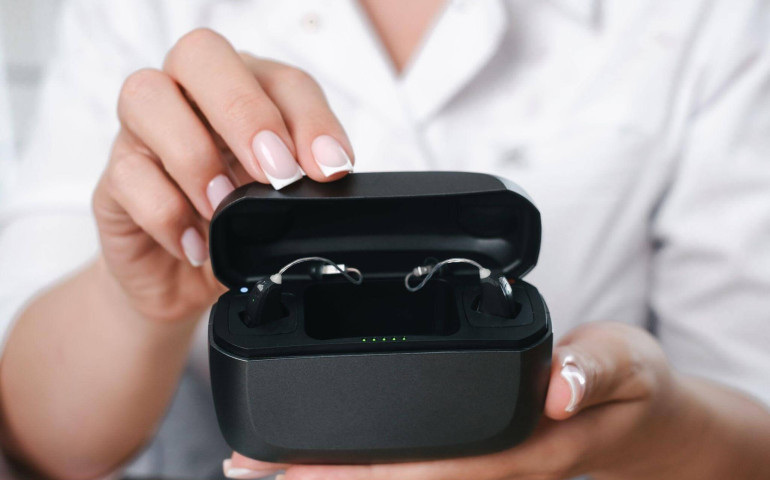Humans can experience different types of hearing loss for a variety of reasons. There are three main categories of hearing loss, which is conductive, sensorineural, and mixed. Understanding the difference between these types of hearing loss can allow you to better identify the type you may be suffering from and get the proper treatment for it.
Conductive Hearing Loss
Conductive hearing loss tends to be a temporary type of hearing loss caused by a blockage between the inner ear and the middle or outer ear. Some common culprits of this condition include excessive ear wax buildup, foreign objects inserted into the ear, ear infections, bone abnormalities, benign tumors, poor Eustachian tube function, and fluid buildup.
To remedy conductive hearing loss, doctors will either prescribe medication or surgery. For example, ear infections are treated with medication, while bone abnormalities are treated with surgery. This type of hearing loss is highly treatable in people of all ages.
Sensorineural Hearing Loss
Sensorineural hearing loss is the most common type of permanent hearing loss that people experience. This is typically a result of a structural problem with the ear or problems with the nerves in charge of hearing regulation. The most common reasons for this type of hearing loss include exposure to loud noises, ear injuries, illnesses, aging, adverse drug reactions, and genetics.
Sensorineural hearing loss can happen to people of all ages. However, it's more prominent in the older population. There are various levels of sensorineural hearing loss that patients can experience, ranging from mild to severe. Some patients experience problems with muffling or unclear loud sounds, while others experience difficulty hearing soft noises. Most patients with this type of hearing loss are treated with hearing aids.
Mixed Hearing Loss
As you've likely concluded, mixed hearing loss is simply a mixture of both sensorineural and conductive hearing loss. For example, a patient may work around loud noises while having an ear infection. The loud noises create sensorineural hearing loss, while the ear infection creates a conductive hearing loss. These cases tend to be a bit more involved in treatment, as using a combination of medication, surgery, and hearing aids may be necessary.
Contact Us Today
If you're experiencing any form of hearing loss, it's time to contact us at Beltone Dallas Fort Worth. Let our experienced hearing care specialists evaluate your hearing and recommend the best devices to fit your individual needs.
Resources:
https://www.webmd.com/connect-to-care/hearing-loss/difference-between-sensorineural-and-conductive-hearing-loss-tests
https://www.asha.org/public/hearing/sensorineural-hearing-loss/#:~:text=Sensorineural%20hearing%20loss%2C%20or%20SNHL,type%20of%20permanent%20hearing%20loss.






